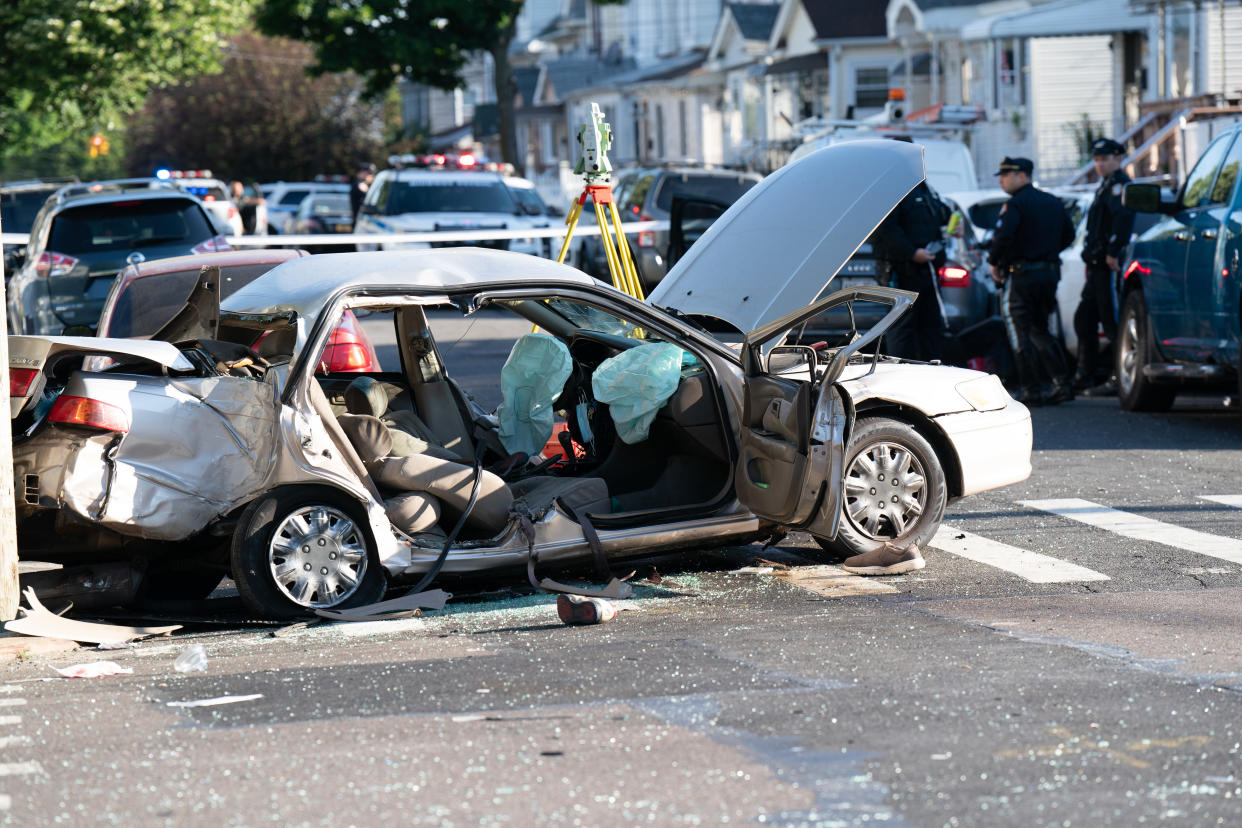Why do so many Americans keep dying in traffic accidents?
Traffic fatalities tend to rise in the summer. Already the season has been deadly — and the upcoming July 4 weekend is widely considered the single most dangerous time to be on the road.
Other countries have managed to make roads safer — but not the United States.
Read more from our partners: Juvenile killed in hit-and-run wreck in Pueblo, marking city's 3rd in just over a week
The toll
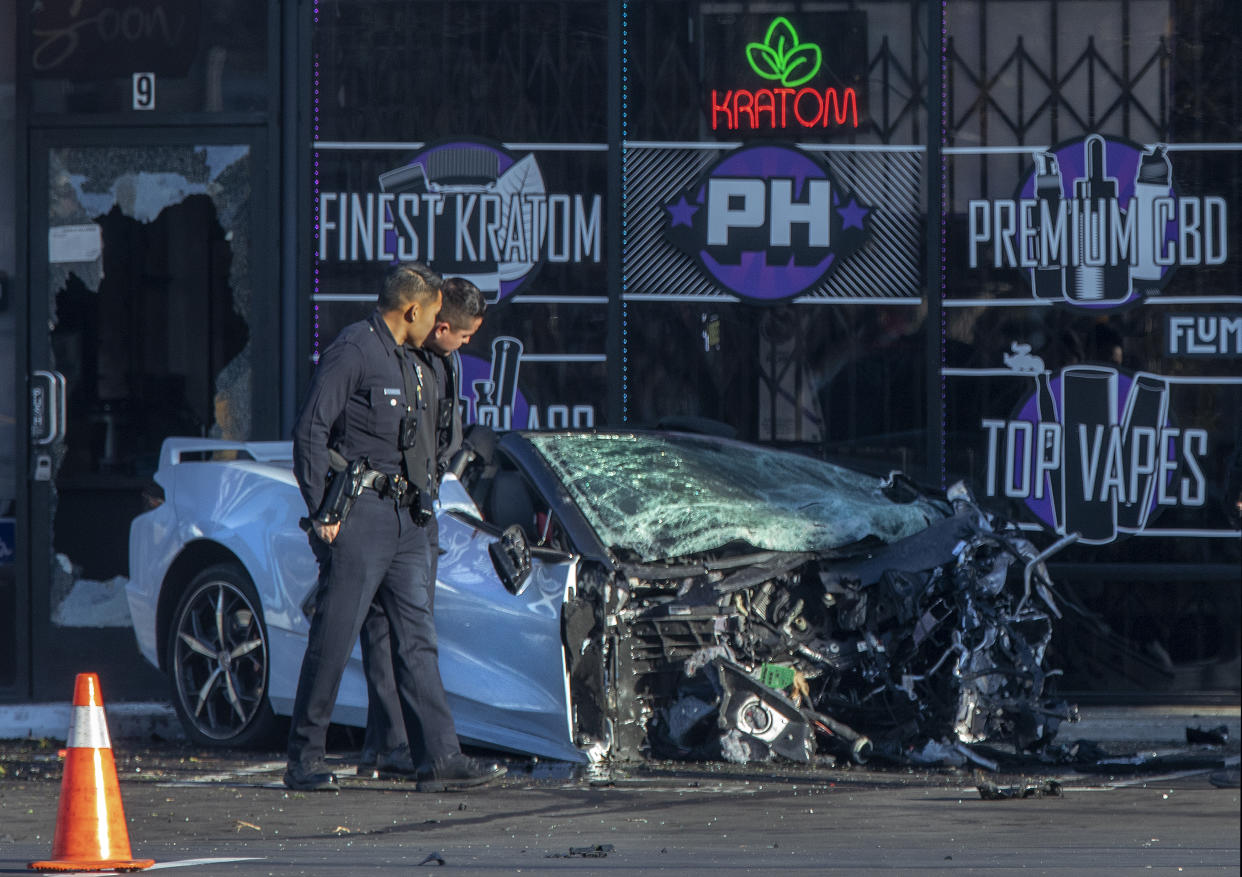
The United States has the most traffic deaths per capita of any developed country.
In 2020, the coronavirus reduced road deaths worldwide because people were forced to stay home. But the U.S. bucked that trend and saw rising traffic deaths, which spiked to a 16-year high in 2021 before a modest decrease in 2022.
“We face a crisis here in America,” White House press secretary Karine Jean-Pierre told Yahoo News last month, pointing out that the number of people who died on the roads each year (42,795 in 2022) is comparable to the number killed by guns (48,830 in 2021).
“It should not be this way,” she added.
Read more: These 5 states alone accounted for almost 40% of US traffic deaths in 2022 — is yours one of them?
The cause
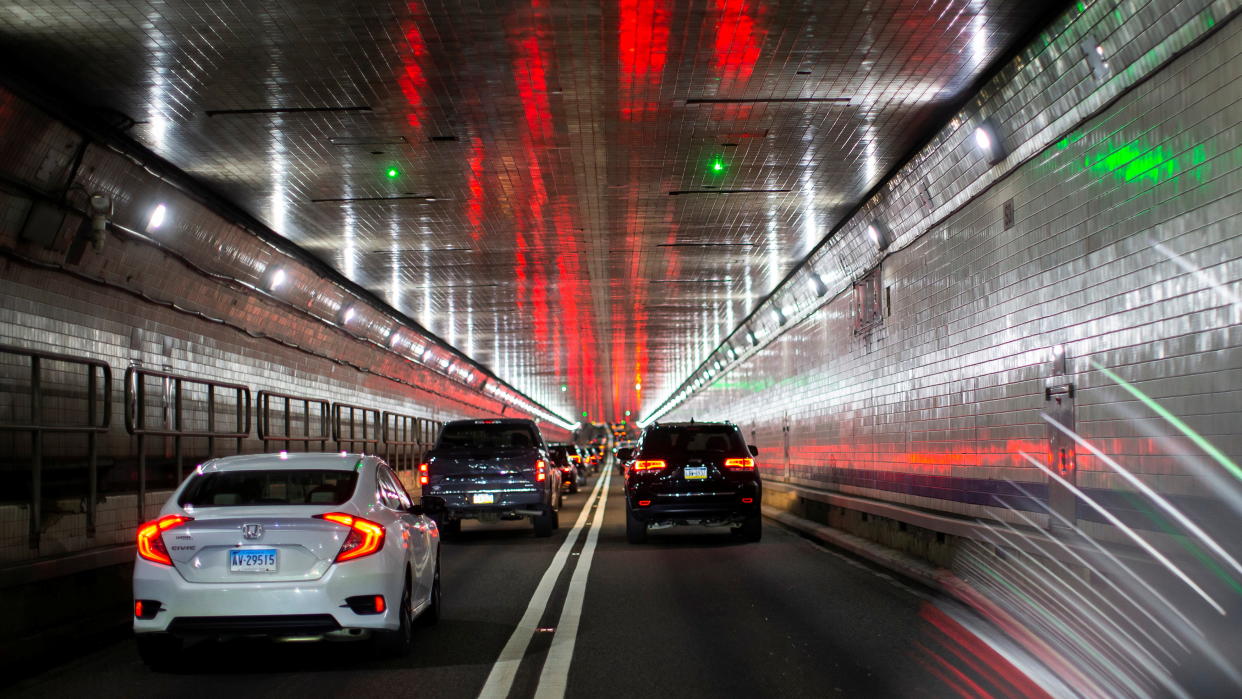
As with gun violence, the United States stands apart from peer nations in Europe and East Asia. Americans drive more, which leads to more crashes, on roads that facilitate unsafe driving.
On average, Americans drive more than twice as many miles as the French, more than three times as many as the Japanese and far more than even the residents of neighboring Canada — and have many more road deaths per capita in comparison to Germany and the U.K.
Other countries have prioritized road safety through measures like lower speed limits and protected bike lanes. And they tend to have much better commuter and long-distance train networks.
President Biden is a “train guy” himself, and has vowed to improve Amtrak’s performance. But his signature legislative achievements, the bipartisan infrastructure law and the Inflation Reduction Act, spend hundreds of billions of dollars on repairing roads and making electric vehicles more accessible. Although the Department of Transportation (DOT) is beginning to work on making roads safer, the funding seems to tacitly acknowledge that the car reigns supreme.
Cars are also getting bigger and heavier, thus doing more damage to anything, or anyone, they hit.
“I’m concerned about the increased risk of severe injury and death for all road users from heavier curb weights and increasing size, power and performance of vehicles on our roads, including electric vehicles,” Jennifer Homendy, who heads the National Transportation Safety Board, said earlier this year.
Drivers also face distraction from smartphones and built-in digital consoles. A new BMW has a video game console — for the driver.
In response to Yahoo News, Jean-Pierre pointed to the National Roadway Safety Strategy now being implemented by the DOT. But most of the measures outlined in the plan are small-scale, like considering a rule-making effort to require seatbelt reminder systems.
See also: Buttigieg sends $5B to cities for safety as road deaths soar
A police pullback
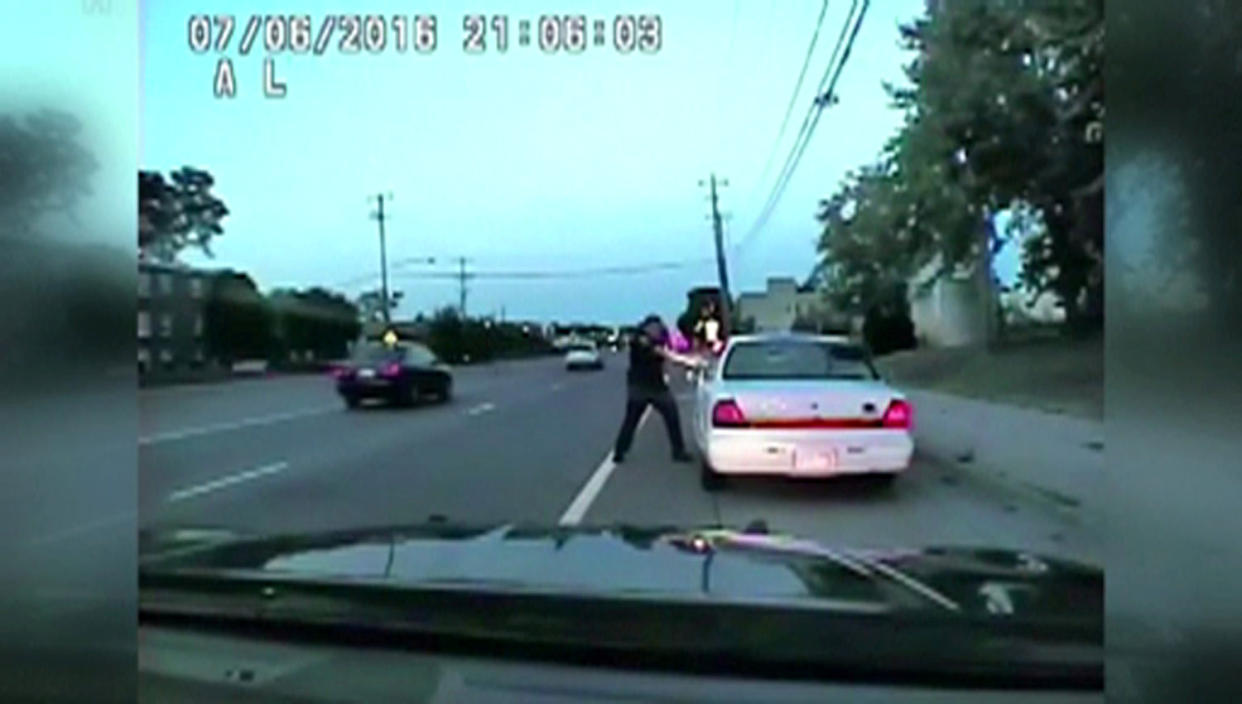
Changes in policing may also be responsible for the seeming prevalence of bad driving, which all too frequently goes unpunished.
Several high-profile cases in which police officers killed Black men — Walter Scott in Charleston, S.C., Philando Castile in Minneapolis — began as traffic stops that quickly escalated into needlessly fatal confrontations. During the racial justice protests of 2020, many reformers called on police departments to refrain from stopping motorists for minor infractions.
Police departments had their own motivations to make fewer stops, not wanting to attract scrutiny from a public that, some law enforcement officials said, did not fully grasp the risks of their profession. In apparent protest of intense new scrutiny — and perhaps in retaliation for vocal anti-police sentiment — officers across the country became less attentive about fulfilling their duties.
While some celebrated this pullback, others worry that a less proactive approach to road safety by police departments has endangered Americans.
“Why do many of us drive dangerously on the roads? Because we think we can get away with it. And guess what — we probably can right now in many places in the country. There’s not enforcement out there, they’re hesitant to write tickets. And we're seeing the results of that,” Jonathan Adkins of the Governors Highway Safety Association told NPR earlier this year.
Read more from our partners: St. Paul-area police are making fewer traffic stops for equipment violations. What’s been the result?
Race matters
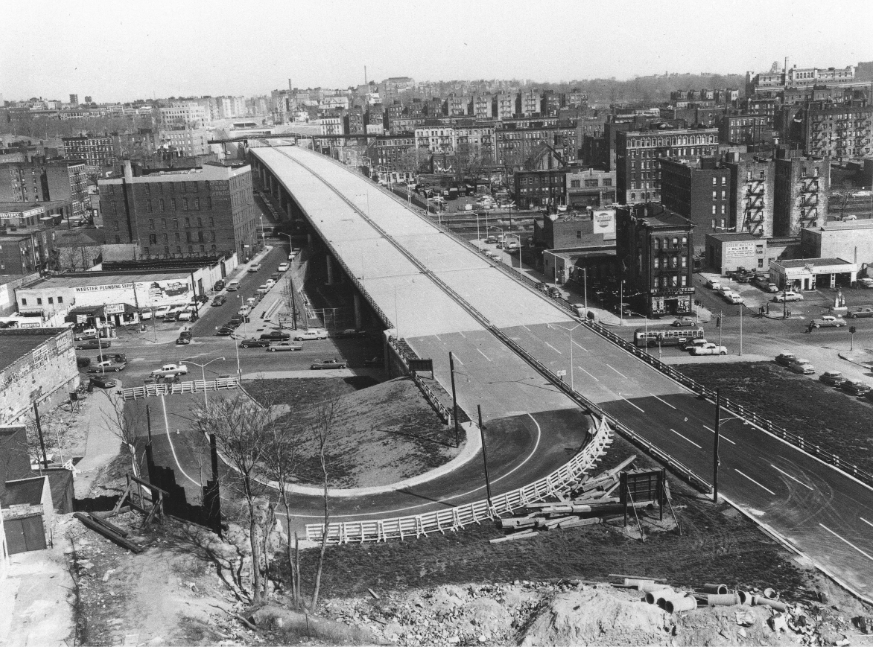
Communities of color often suffer the most car-related fatalities; 20th century urban planners like Robert Moses of New York City rammed highways through low-income inner-city neighborhoods. In recent years, such neighborhoods have often been the last to receive traffic-calming measures. Black people are far more likely to be the victims of traffic fatalities than are whites.
“In many cases, Black folks cannot afford motor vehicles. And people that walk in this country tend to experience a much, much higher rate of traffic fatality,” a University of Connecticut researcher told NBC News in 2021.
Read more: One Tool to Cut Racism in Policing: Traffic Cameras
What can we do?
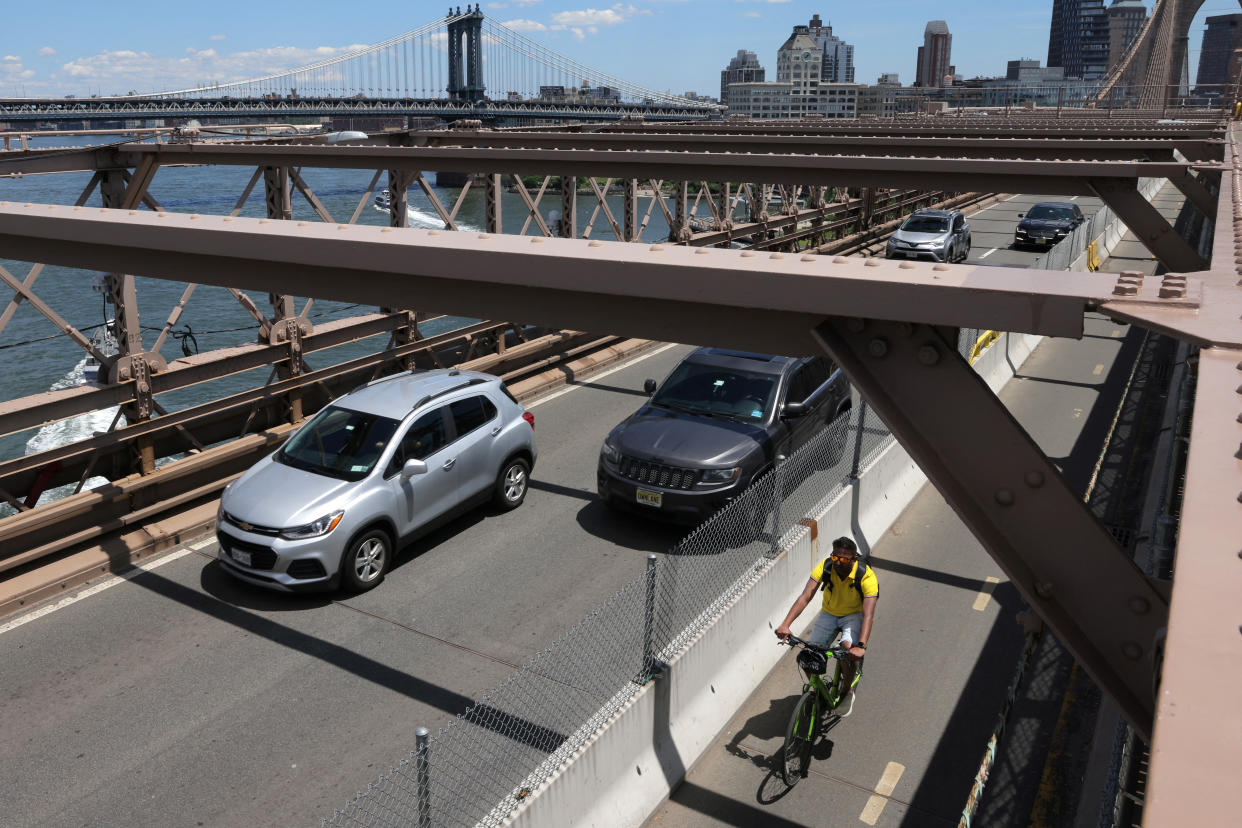
It has fallen to local and state governments to address the crisis, and several jurisdictions are adopting new policies:
Earlier this month, Florida legislators allowed speed cameras to be installed for the first time in the state.
In Los Angeles, unarmed civilian monitors may soon handle driving violations.
Baltimore is installing speed bumps.
New bike lanes have come to Pittsburgh, Oklahoma City and Chicago.
Systemic change has been harder. Earlier this year, the parents of Sammy Cohen Eckstein, who was killed at the age of 12 on a Brooklyn, N.Y., street in 2013 while fetching a soccer ball, pushed for a state law that would allow for a 20-mile-per-hour speed limit near schools.
The bill failed, but Sammy’s family remains committed to using his memory to make streets safer for others.
“We are fighting until the end,” his mother, Amy Cohen, said.
Read more from Yahoo News: Did Cooper Stock really have to die?
